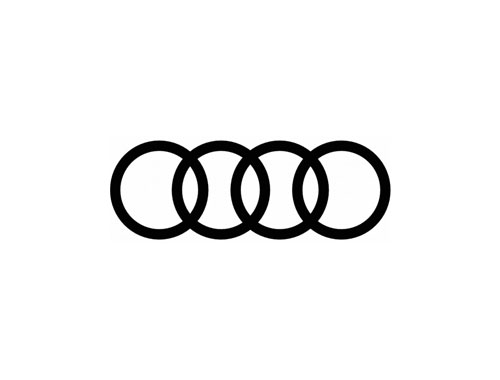My clutch is finally installed and the Graziano transmission bolted back onto the LS7 engine.
This is the first time I have ever installed a clutch. The actual installation process was pretty easy and only took about 3 hours, although this did include a lot of fiddling around trying to get the transmission output shaft lined up and threaded through the clutch splines. Here's what I learned/did:
- The pilot bearing goes into the center of the output end of the crankshaft on the engine, in the center of the flywheel.
- The flywheel is mounted using special flywheel attach bolts. One brand of bolts is "arp"
- The instructions for the flywheel attach bolts say that you must use loctite 242 and a special torque lubricant under the heads of the bolts in order to achieve the correct torque of 85 ft-lbs.
- The clutch plate assembly as supplied by RCR is pretty much self-aligning; it is not necessary to use a clutch alignment tool. I used a universal clutch alignment tool, but I don't really think it helped.
- The bolts used for the clutch plate assembly should be better than grade 8.8. There are different references in different places as to the appropriate torque on 6mm clutch plate assembly bolts, but all the references I saw were over the recommended maximum limit for either grade 8.8 or grade 12.9 bolts. These bolts are installed using loctite, so they shouldn't go anywhere. I personally think it is more "dangerous" to stress these bolts by over-torquing than it is to torque them up to their maximum published limits and rely on loctite to keep them in place, so I torqued mine to 12 ft-lbs (the recommended maximum for grade 12.9 bolts).
- There is a second output shaft on the transmission which is used for four wheel drive. It can be ignored on our cars, but it may be necessary to shave down some of the boss material on the side of the oil pan in order to clear the shaft. Mine came from RCR with this work already done, but if you have to do it yourself, I would recommend trial mounting the transmission and doing any shaving before trying to install the clutch.
- Getting the transmission properly lined up so that the splined output shaft goes into the splined receiver on the installed clutch is a pain, but by first lining the shaft up at the right height and then fine-tuning the angle using a load-balancing tool on the engine hoist and sighting along the seam between the transmission bell housing and the mounting adapter, I was able to get it to work. It helped that the engine was out of the car, so I could stand in front of the engine, reach across the top to the transmission and kind of "hug" it into place as it was hanging from the engine hoist.
- The flywheel bolts are 11 mm and have a 12-point head, which my 1/2" 12 point socket fits perfectly.
- When tightening the bolts on either the clutch plate or on the flywheel, use a criss-cross pattern (tighten a bit on one side, then go to the opposite side, then 90 degrees, then opposite, etc.) Gradually tighten until everything is torqued to final values.
Here is a list of parts/supplies that I used:
1) Flywheel and clutch $2,145, supplied by RCR
2) Pilot bearing (can be supplied by RCR, but I actually had one already in the crate engine as supplied via RCR)
3) Starter Ring Gear Audi part no. 079105223. $238
Audi Parts - genuinevwaudiparts.com
4) Flywheel bolts arp# 330-2802 $25 for a set.
All Keywords: 330-2802
5) Clutch plate assembly bolts socket head 12.9 grade 6mmx70mm $0.24 ea.
Chrome Bolts, Stainless Steel Bolts, Metric Bolts, Socket Head Cap Screws, Grade 8 Bolts, F911 Bolts
6) Loctite 242 $8.79 bottle (ebay)
7) arp ultra-torque assembly lube $1.99 sachet ebay
The starter ring gear can only mount one way on the clutch assembly.
I forgot to get a picture of the clutch assembly mounted on the flywheel, but basically if you look at the picture of the clutch assembly on the table and then picture it on top of the picture of the mounted flywheel assembly, you get the idea. The clutch is mounted with the starter ring gear on the side furthest from the engine.


















